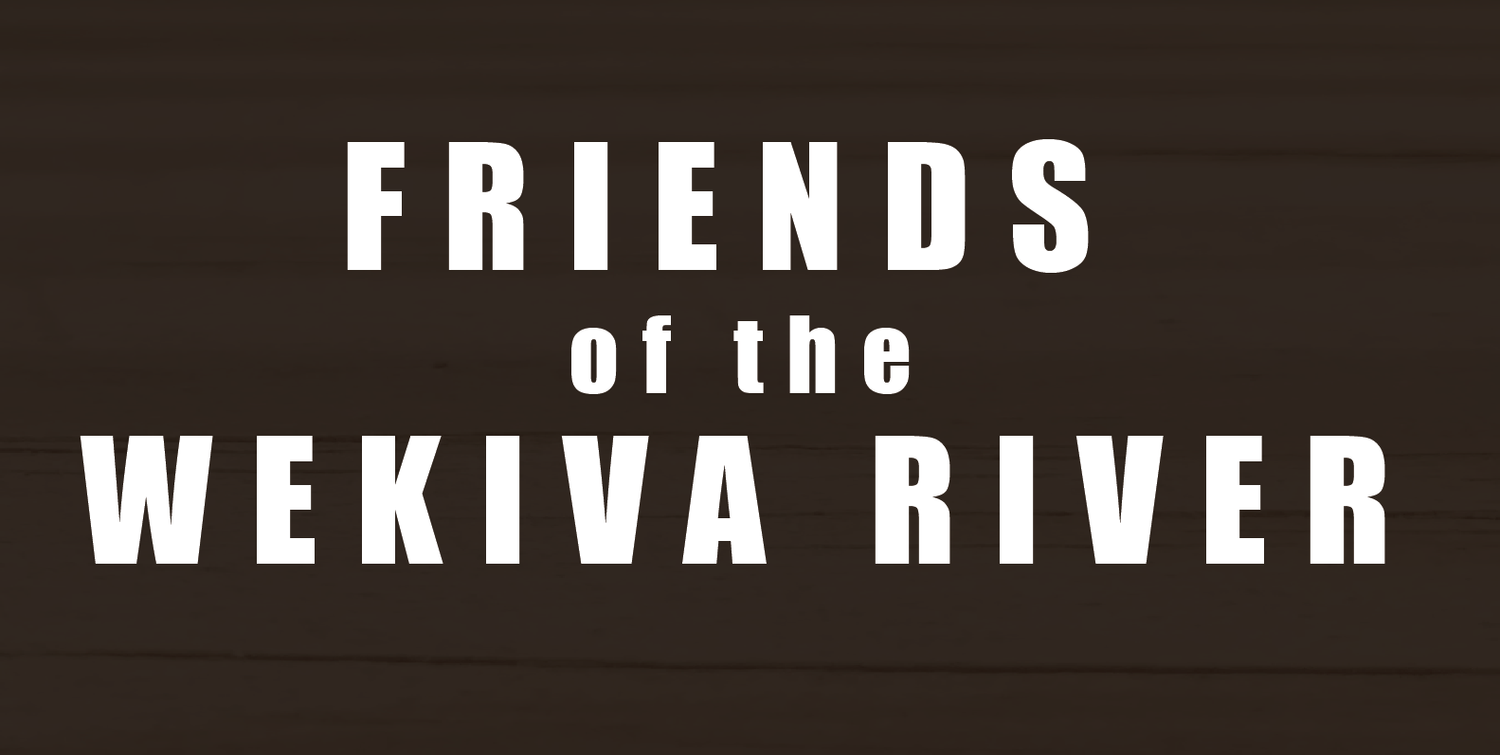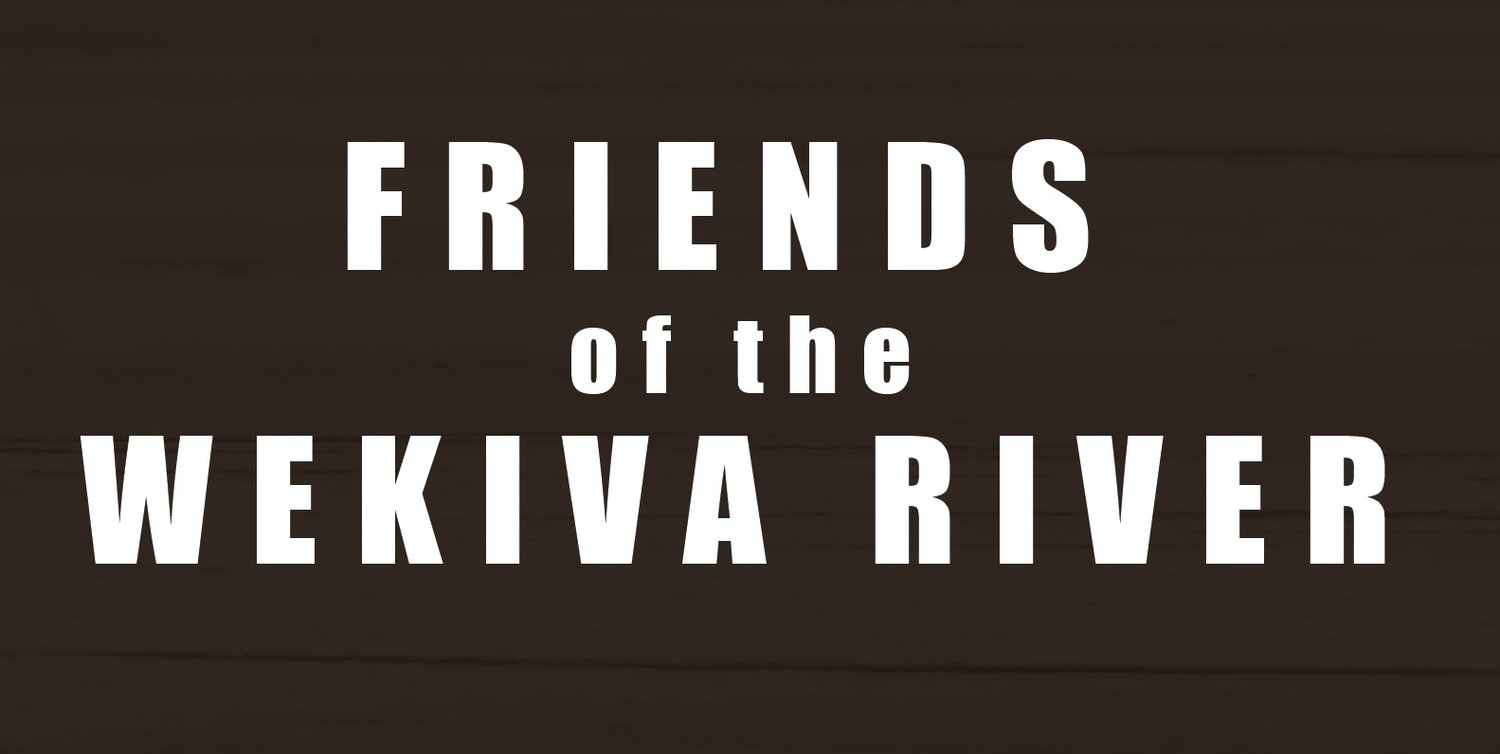Aquatic Ecology on Rock Springs Run
Our fifth installment of the Friends of the Wekiva River ecology field course series related to aquatic ecology. We paddled portions of Rock Springs Run on Saturday, April 19. Recent rainfall required us to reschedule, and then modify the trip, but this portion of the Wild and Scenic River system did not disappoint.
We discussed Rock Springs, a second order magnitude spring, and the contribution its 40 million gallons per day provides to the surface waters of Rock Springs Run. We discussed changes in water quality at the spring and the surface waters along the Run over the last few decades and measures that can be taken to improve them.
We took special note of the plants that were flowering during this spring trip. We saw bulltongue, hemlock, pickerelweed, buttonbush, spider lily, sweetbay, spatterdock and other showy flowers during our 4-mile canoe trip. We also noted flower of less conspicuous species such as cattail, rushes, beakrushes, sedges and sawgrass. We discussed the forested floodplain associated with the Wekiva River system and its importance to migratory birds. I mentioned the various warbler species that were observed migrating through central Florida over the last month, and we noted migratory species that had now arrived and will breed here.
Birds that we observed or heard included pileated woodpecker, red-bellied woodpecker, Carolina wren, tufted titmouse, red-eyed vireo, white ibis, little blue heron, great egret, tri-colored heron, and a female wood duck with chicks. The rain held off for just long enough for us to finish our paddle, first through the Emerald Cuttowards Rock Springs, and then downstream a couple of miles along Rock Springs Run. We felt the difference between paddling upstream against the powerful flows of a second order of magnitude spring, and the benefit of allowing it to push us downstream.
This section of the Wekiva Wild and Scenic River is one of the most scenic with clear water; native, mature forested canopy; and spectacular native wildflowers. Thanks to all that participated - we hope you will continue to enjoy the river and work to sustain its values.






